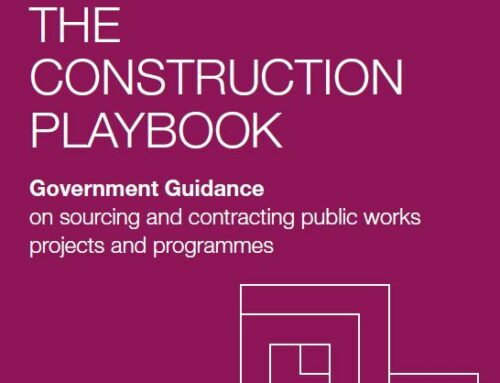Post Carillion, the temptation is to say we’ve learned the lessons and will move forward. But how likely is it that nothing will change and large Tier 1 contracts will continue to be awarded and managed as they always have been until another company fails and the whole process starts again?
The markets have been betting against the construction sector with reports of significant recent increases in short positions in some of the country’s biggest construction and outsourcing contractors.
It’s clear that continuing with the same models of business only brings higher risk than ever and the balance of reward is becoming even smaller. So if clients and contractors keep doing the same thing then the same outcome – another company failure – is inevitable.
The traditional contracting model sees all the risks passed to the sub-contract supply chain with Principle Contractors accepting the overall contract risks for a very low margin. A recent survey found that the average pre-tax profit margins for the 10 largest Principle Contractors was -0.5%. The numbers speak for themselves.
The industry needs to change its long held loyalty to a delivery model for large projects that simply isn’t working. While the ultimate solution is self-performance without the reliance on a large chain of sub-contractors, it requires a strong pipeline of projects to sustain high staffing and training costs but brings with it direct control of costs and quality. This may be achievable for midsize engineering and construction companies but unlikely for the larger Principle Contractors who are delivering large projects such as HS2.
A collaborative and transparent process between client, contractor and the client advisory team is likely to deliver genuine best value for the client along with reasonable and fair margins. A proportionate approach to contracting risk also needs to be considered, are bonds and retention required on any project? Should a contractor take process risk? We also need to consider the role of advisory teams and how to incentivize the creation of a repeatable team and process which will inevitably create improvements.
The greatest thing the construction industry has to fear is its own inability to adapt – If it doesn’t change then the cycle of large contractor failure will only continue.





